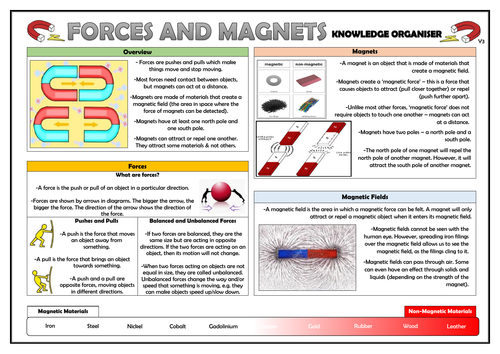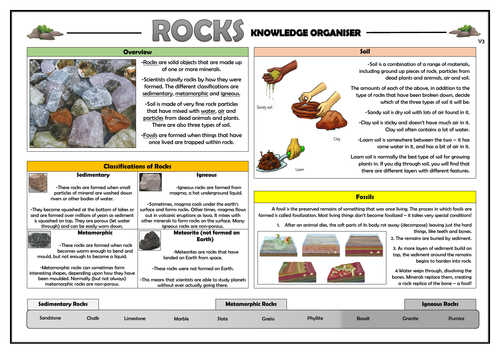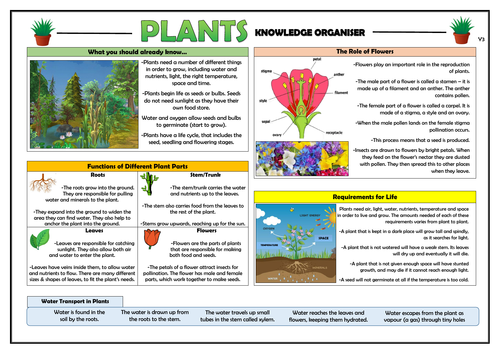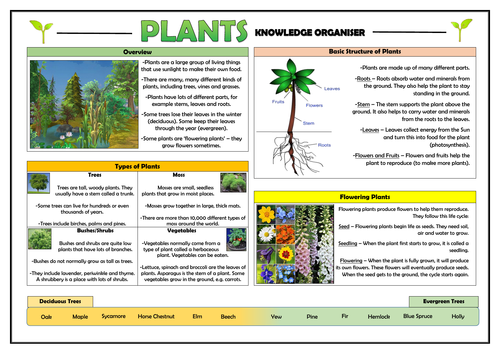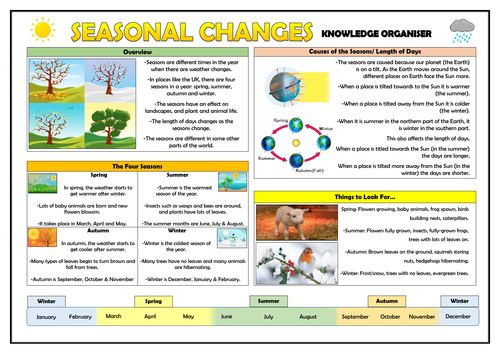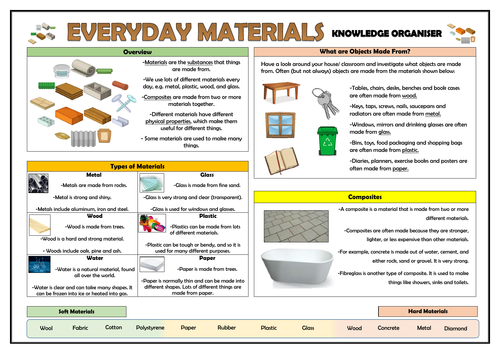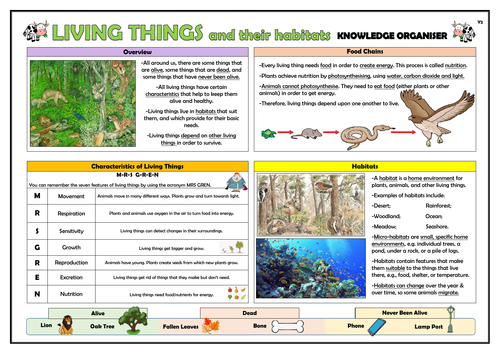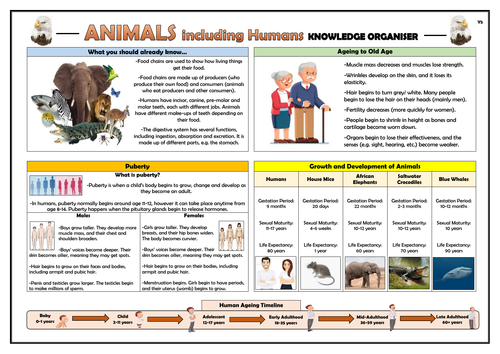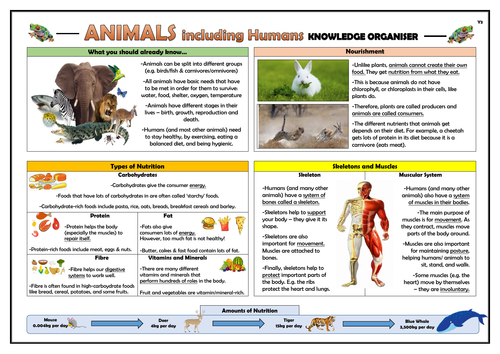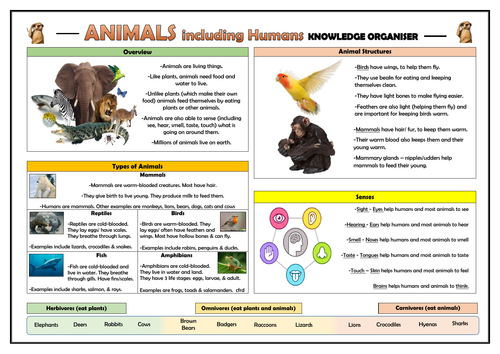
3k+Uploads
1967k+Views
2278k+Downloads
Primary science

Year 3 Forces and Magnets Knowledge Organiser!
This clear, detailed and visually-appealing resource offers a complete reference point for Year 3 children, teachers and parents covering knowledge relating to ‘Light’, as a part of their science learning. It contains comprehensive sections on:
Overview;
Forces (Pushes, Pulls, Balanced and Unbalanced Forces);
Magnets;
Magnetic Fields;
Magnetic and Non-Magnetic Objects;
Key Vocabulary.
The content is fully aligned with the NC expectations for Year 3 children relating to ‘Forces and Magnets’:
-Compare how things move on different surfaces;
-Notice that some forces need contact between two objects, but magnetic forces can act at a distance;
-Observe how magnets attract or repel each other and attract some materials and not others;
-Compare and group together a variety of everyday materials on the basis of whether they are attracted to a magnet, and identify some magnetic materials;
-Describe magnets as having two poles;
-Predict whether two magnets will attract or repel each other, depending on which
poles are facing.
The resource is designed to be printed onto A3, and is provided as both a PDF and a Word version (so that you can edit if you want to). All images used are licensed for commercial use and are cited on a separate document (included).

Year 3 Light Knowledge Organiser!
This clear, detailed and visually-appealing resource offers a complete reference point for Year 3 children, teachers and parents covering knowledge relating to ‘Light’, as a part of their science learning. It contains comprehensive sections on:
Overview;
Light Key Terms;
Transparent, Translucent and Opaque;
Protection from Light;
Objects that Transmit Light;
Key Vocabulary.
The content is fully aligned with the NC expectations for Year 3 children relating to ‘Light’:
-recognise that they need light in order to see things and that dark is the absence of
light
-notice that light is reflected from surfaces
-recognise that light from the sun can be dangerous and that there are ways to protect their eyes
-recognise that shadows are formed when the light from a light source is blocked by
an opaque object
-find patterns in the way that the size of shadows change.
The resource is designed to be printed onto A3, and is provided as both a PDF and a Word version (so that you can edit if you want to). All images used are licensed for commercial use and are cited on a separate document (included).

Year 3 Rocks Knowledge Organiser!
This clear, detailed and visually-appealing resource offers a complete reference point for Year 3 children, teachers and parents covering knowledge relating to ‘Rocks’, as a part of their science learning. It contains comprehensive sections on:
Overview;
Classifications of Rocks;
Soil;
Fossils;
Examples of Types of Rocks;
Key Vocabulary.
The content is fully aligned with the NC expectations for Year 3 children relating to ‘Rocks’:
-compare and group together different kinds of rocks on the basis of their appearance and simple physical properties;
-describe in simple terms how fossils are formed when things that have lived are
trapped within rock;
-recognise that soils are made from rocks and organic matter.
The resource is designed to be printed onto A3, and is provided as both a PDF and a Word version (so that you can edit if you want to). All images used are licensed for commercial use and are cited on a separate document (included).
Bundle

Plants - Complete Primary Science Knowledge Organisers Bundle!
These clear, detailed and visually-appealing resources offer a complete reference point for children, teachers and parents covering knowledge relating to ‘Plants’, throughout the entirety of the Primary curriculum.
The knowledge organisers are broken down into individual year groups, with the content fully aligned with the ‘Plants’ NC Science expectations (covering what they need to know in the Years 1, 2, and 3 units).
Each resource is designed to be printed onto A3, and is provided as both a PDF and a Word version (so that you can edit if you want to). All images used are licensed for commercial use and are cited on a separate document (included).

Year 3 Plants Knowledge Organiser!
This clear, detailed and visually-appealing resource offers a complete reference point for Year 3 children, teachers and parents covering knowledge relating to ‘Plants’, as a part of their science learning. It contains comprehensive sections on:
What you should already know (from earlier learning);
Functions of Plant Parts;
The Role of Flowers (including pollination);
Plant Requirements for Life;
Water Transport in Plants;
Key Vocabulary.
The content is fully aligned with the NC expectations for Year 3 children relating to ‘Plants’:
-identify and describe the functions of different parts of flowering plants: roots,
stem/trunk, leaves and flowers
-explore the requirements of plants for life and growth (air, light, water, nutrients from
soil, and room to grow) and how they vary from plant to plant
-investigate the way in which water is transported within plants
-explore the part that flowers play in the life cycle of flowering plants, including
pollination, seed formation and seed dispersal.
The resource is designed to be printed onto A3, and is provided as both a PDF and a Word version (so that you can edit if you want to). All images used are licensed for commercial use and are cited on a separate document (included).
Bundle

Year 2 Science Knowledge Organisers Bundle!
These clear, detailed and visually-appealing resources offer a complete reference point for Year 2 children, teachers and parents covering all of the science knowledge pertinent to the National Curriculum.
The knowledge organisers included are focused on:
-Plants;
-Animals, including Humans;
-Use of Everyday Materials;
-Living Things and their Habitats.
The organisers are separated into logical compartments, based on the key curriculum expectations.
Each resource is designed to be printed onto A3, and is provided as both a PDF and a Word version (so that you can edit if you want to). All images used are licensed for commercial use and are cited on a separate document (included).

Year 2 Plants Knowledge Organiser!
This clear, detailed and visually-appealing resource offers a complete reference point for Year 2 children, teachers and parents covering knowledge relating to ‘Plants’, as a part of their science learning. It contains comprehensive sections on:
What you should already know (from earlier learning);
What Plants Need to Grow;
Growth from Seeds/Bulbs into Mature Plants;
Plant Life Cycle;
Shorter and Taller Plants Continuum;
Key Vocabulary.
The content is fully aligned with the NC expectations for Year 2 children relating to ‘Plants’:
-observe and describe how seeds and bulbs grow into mature plants;
-find out and describe how plants need water, light and a suitable temperature to grow and stay healthy.
The resource is designed to be printed onto A3, and is provided as both a PDF and a Word version (so that you can edit if you want to). All images used are licensed for commercial use and are cited on a separate document (included).

Year 2 Use of Everyday Materials Knowledge Organiser!
This clear, detailed and visually-appealing resource offers a complete reference point for Year 2 children, teachers and parents covering knowledge relating to ‘Use of Everyday Materials’, as a part of their science learning. It contains comprehensive sections on:
Overview;
Types of Materials;
Properties of Materials;
Development of Materials;
Key Vocabulary
The content is fully aligned with the NC expectations for Year 2 children relating to ‘Use of Everyday Materials:’
identify and compare the suitability of a variety of everyday materials, including
wood, metal, plastic, glass, brick, rock, paper and cardboard for particular uses
find out how the shapes of solid objects made from some materials can be changed by squashing, bending, twisting and stretching.
The resource is designed to be printed onto A3, and is provided as both a PDF and a Word version (so that you can edit if you want to). All images used are licensed for commercial use and are cited on a separate document (included).
Bundle

Year 1 Science Knowledge Organisers Bundle!
These clear, detailed and visually-appealing resources offer a complete reference point for Year 1 children, teachers and parents covering all of the science knowledge pertinent to the National Curriculum.
The knowledge organisers included are focused on:
-Plants;
-Animals, including Humans;
-Everyday Materials;
-Seasonal Changes.
The organisers are separated into logical compartments, based on the key curriculum expectations.
Each resource is designed to be printed onto A3, and is provided as both a PDF and a Word version (so that you can edit if you want to). All images used are licensed for commercial use and are cited on a separate document (included).

Year 1 Plants Knowledge Organiser!
This clear, detailed and visually-appealing resource offers a complete reference point for Year 1 children, teachers and parents covering knowledge relating to ‘Plants’, as a part of their science learning. It contains comprehensive sections on:
Overview;
Types of Plants;
Deciduous and Evergreen Trees;
Basic Parts of a Plant;
Flowering Plants;
Key Vocabulary.
The content is fully aligned with the NC expectations for Year 1 children relating to ‘Plants:’
-identify and name a variety of common wild and garden plants, including deciduous
and evergreen trees
-identify and describe the basic structure of a variety of common flowering plants,
including trees.
The resource is designed to be printed onto A3, and is provided as both a PDF and a Word version (so that you can edit if you want to). All images used are licensed for commercial use and are cited on a separate document (included).

Year 1 Seasonal Changes Knowledge Organiser!
This clear, detailed and visually-appealing resource offers a complete reference point for Year 1 children, teachers and parents covering knowledge relating to ‘Seasonal Changes’, as a part of their science learning. It contains comprehensive sections on:
Overview;
The Four Seasons;
Seasons Over the Calendar Year;
Cause of the Seasons/ Length of Days;
Things to Look For;
Key Vocabulary.
The content is fully aligned with the NC expectations for Year 1 children relating to ‘Seasonal Changes:’
-observe changes across the four seasons
-observe and describe weather associated with the seasons and how day length
varies
The resource is designed to be printed onto A3, and is provided as both a PDF and a Word version (so that you can edit if you want to). All images used are licensed for commercial use and are cited on a separate document (included).

Year 1 Everyday Materials Knowledge Organiser!
This clear, detailed and visually-appealing resource offers a complete reference point for Year 1 children, teachers and parents covering knowledge relating to ‘Everyday Materials’, as a part of their science learning. It contains comprehensive sections on:
Overview;
Types of Materials;
What are Objects Made from?
Composites;
Soft/Hard Materials Continuum;
Key Vocabulary (underlined).
The content is fully aligned with the NC expectations for Year 1 children relating to ‘Everyday Materials:’
-distinguish between an object and the material from which it is made
-identify and name a variety of everyday materials, including wood, plastic, glass,
metal, water, and rock
-describe the simple physical properties of a variety of everyday materials
-compare and group together a variety of everyday materials on the basis of their
simple physical properties.
The resource is designed to be printed onto A3, and is provided as both a PDF and a Word version (so that you can edit if you want to). All images used are licensed for commercial use and are cited on a separate document (included).

Year 2 Living Things and their Habitats Knowledge Organiser!
This clear, detailed and visually-appealing resource offers a complete reference point for Year 2 children, teachers and parents covering knowledge relating to ‘Living Things and their Habitats’, as a part of their science learning. It contains comprehensive sections on:
Overview;
Characteristics of Living Things;
Alive, Dead, and Never Been Alive;
Food Chains;
Habitats;
Key Vocabulary (underlined).
The content is fully aligned with the NC expectations for Year 2 children relating to ‘Living Things and their Habitats:’
-explore and compare the differences between things that are living, dead, and things that have never been alive;
-identify that most living things live in habitats to which they are suited and describe;
how different habitats provide for the basic needs of different kinds of animals and
plants, and how they depend on each other;
-identify and name a variety of plants and animals in their habitats, including microhabitats;
-describe how animals obtain their food from plants and other animals, using the idea of a simple food chain, and identify and name different sources of food.
The resource is designed to be printed onto A3, and is provided as both a PDF and a Word version (so that you can edit if you want to). All images used are licensed for commercial use and are cited on a separate document (included).
Bundle

Animals including Humans Knowledge Organisers - Complete Primary Science Bundle!
These clear, detailed and visually-appealing resources offer a complete reference point for children, teachers and parents covering knowledge relating to ‘Animals including Humans’, throughout the entirety of the Primary curriculum.
The knowledge organisers are broken down into individual year groups, with the content fully aligned with the ‘Animals including Humans’ NC Science expectations for year 1-6 children.
Each resource is designed to be printed onto A3, and is provided as both a PDF and a Word version (so that you can edit if you want to). All images used are licensed for commercial use and are cited on a separate document (included).

Year 6 Animals including Humans Knowledge Organiser!
This clear, detailed and visually-appealing resource offers a complete reference point for Year 6 children, teachers and parents covering knowledge relating to ‘Animals including Humans’, as a part of their science learning. It contains comprehensive sections on:
Overview and ‘what you should already know’ (from their prior learning);
Impact of Diet, Exercise and Drugs;
Water Transportation through the Body;
The Circulatory System;
The Heart;
Key Vocabulary (underlined).
The content is fully aligned with the NC expectations for Year 6 children relating to ‘Animals including Humans:’
-identify and name the main parts of the human circulatory system, and describe the functions of the heart, blood vessels and blood;
recognise the impact of diet, exercise, drugs and lifestyle on the way their bodies
function;
-describe the ways in which nutrients and water are transported within animals,
including humans.
The resource is designed to be printed onto A3, and is provided as both a PDF and a Word version (so that you can edit if you want to). All images used are licensed for commercial use and are cited on a separate document (included).

Year 5 Animals including Humans Knowledge Organiser!
This clear, detailed and visually-appealing resource offers a complete reference point for Year 5 children, teachers and parents covering knowledge relating to ‘Animals including Humans’, as a part of their science learning. It contains comprehensive sections on:
Overview and ‘what you should already know’ (from their prior learning);
Puberty;
Human Ageing Timeline;
Ageing towards Old Age;
Growth and Development of Animals;
Key Vocabulary (underlined).
The content is fully aligned with the NC expectations for Year 5 children relating to ‘Animals including Humans:’
-describe the changes as humans develop to old age;
-learn about stages in the growth and development of humans. They should learn about the changes experienced in puberty;
-research the gestation periods of other animals and compare them with humans.
The resource is designed to be printed onto A3, and is provided as both a PDF and a Word version (so that you can edit if you want to). All images used are licensed for commercial use and are cited on a separate document (included).

Year 4 Animals Including Humans Knowledge Organiser!
This clear, detailed and visually-appealing resource offers a complete reference point for Year 4 children, teachers and parents covering knowledge relating to ‘Animals including Humans’, as a part of their science learning. It contains comprehensive sections on:
Overview and ‘what you should already know’ (from their prior learning);
Food Chains Explanation and Key Terms;
Example Food Chains;
Teeth;
The Digestive System;
Key Vocabulary (underlined).
The content is fully aligned with the NC expectations for Year 4 children relating to ‘Animals including Humans:’
-describe the simple functions of the basic parts of the digestive system in humans
-identify the different types of teeth in humans and their simple functions
-construct and interpret a variety of food chains, identifying producers, predators and prey.
The resource is designed to be printed onto A3, and is provided as both a PDF and a Word version (so that you can edit if you want to). All images used are licensed for commercial use and are cited on a separate document (included).

Year 3 Animals including Humans Knowledge Organiser!
This clear, detailed and visually-appealing resource offers a complete reference point for Year 3 children, teachers and parents covering knowledge relating to ‘Animals including Humans’, as a part of their science learning. It contains comprehensive sections on:
Overview and ‘what you should already know’ (from their prior learning);
Types of Nutrition;
Amounts of Nutrition;
Animal Nourishment;
Skeletons and Muscular System;
Key Vocabulary (underlined).
The content is fully aligned with the NC expectations for Year 3 children relating to ‘Animals including Humans:’
-identify that animals, including humans, need the right types and amount of nutrition,
and that they cannot make their own food; they get nutrition from what they eat
-identify that humans and some other animals have skeletons and muscles for
support, protection and movement.
The resource is designed to be printed onto A3, and is provided as both a PDF and a Word version (so that you can edit if you want to). All images used are licensed for commercial use and are cited on a separate document (included).

Year 2 Animals Including Humans Knowledge Organiser!
This clear, detailed and visually-appealing resource offers a complete reference point for Year 2 children, teachers and parents covering knowledge relating to ‘Animals including Humans’, as a part of their science learning. It contains comprehensive sections on:
Overview and ‘what you should already know’ (from their prior learning);
Basic Needs of Animals;
Life Stages of Animals;
Reproduction and Growth;
Staying Healthy;
Key Vocabulary (underlined).
The content is fully aligned with the NC expectations for Year 2 children relating to ‘Animals including Humans:’
-notice that animals, including humans, have offspring which grow into adults
-find out about and describe the basic needs of animals, including humans, for
survival (water, food and air)
-describe the importance for humans of exercise, eating the right amounts of different
types of food, and hygiene.
The resource is designed to be printed onto A3, and is provided as both a PDF and a Word version (so that you can edit if you want to). All images used are licensed for commercial use and are cited on a separate document (included).

Year 1 Animals including Humans Knowledge Organiser!
This clear, detailed and visually-appealing resource offers a complete reference point for Year 1 children, teachers and parents covering knowledge relating to ‘Animals including Humans’, as a part of their science learning. It contains comprehensive sections on:
Overview;
Types of Animals (mammals, reptiles, amphibians, birds and fish);
Herbivores, Carnivores and Omnivores;
Comparing Animal Structures;
Senses;
Key Vocabulary (underlined).
The content is fully aligned with the NC expectations for Year 1 children relating to ‘Animals including Humans:’
-identify and name a variety of common animals including fish, amphibians, reptiles,
birds and mammals
-identify and name a variety of common animals that are carnivores, herbivores and
omnivores
-describe and compare the structure of a variety of common animals (fish,
amphibians, reptiles, birds and mammals, including pets)
identify, name, draw and label the basic parts of the human body and say which part of the body is associated with each sense.
The resource is designed to be printed onto A3, and is provided as both a PDF and a Word version (so that you can edit if you want to). All images used are licensed for commercial use and are cited on a separate document (included).

